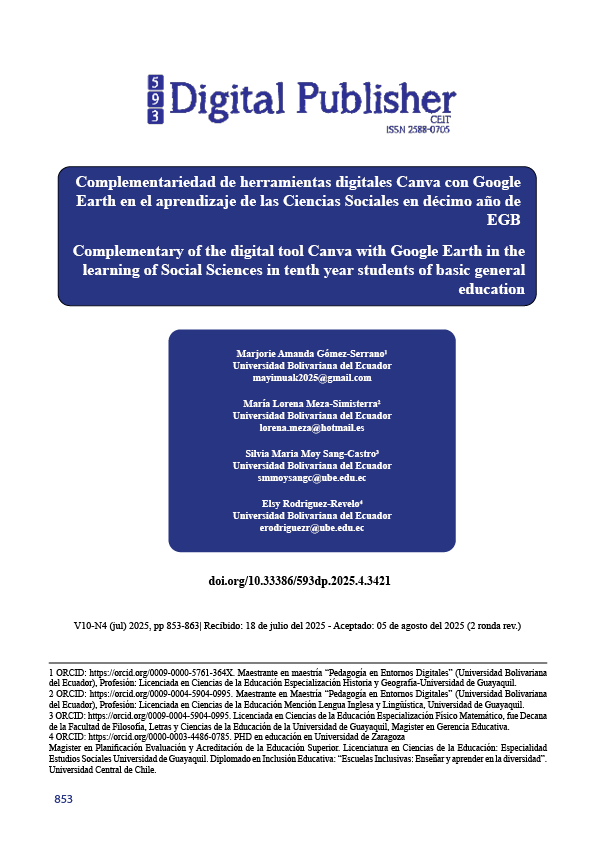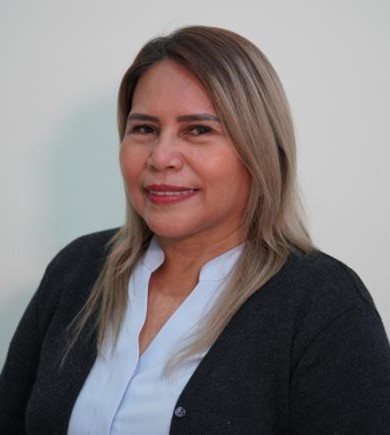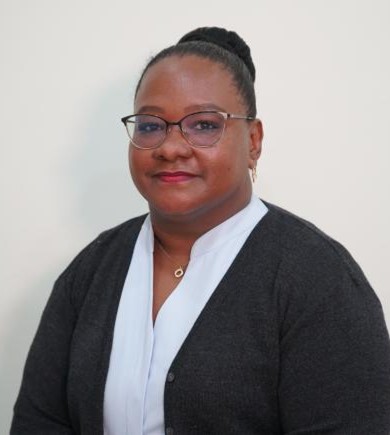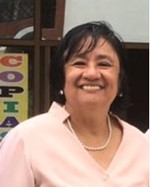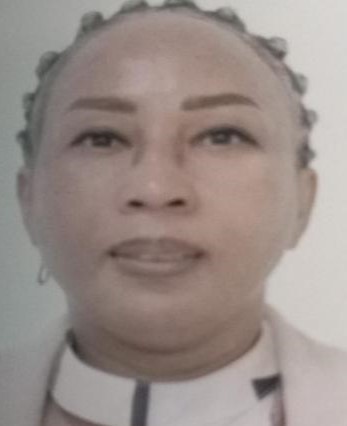Complementary of the digital tool Canva with Google Earth in the learning of Social Sciences in tenth year students of basic general education
Main Article Content
Abstract
This research addresses the problem of poor academic performance, low motivation, in tenth-year students of Basic General Education in the area of Social Sciences, caused by the predominant use of traditional methodologies. The main objective is to design a teaching guide that complementarily integrates the digital tools Canva and Google Earth to improve the teaching-learning process. The study is developed under a mixed approach, with a descriptive design and a type of field research. The population is made up of 90 students, applying a convenience sampling with a final sample of 71 students. Pre-test and post-test surveys are used. The results show a positive perception towards digital tools, with more than 67% acceptance, and a significant improvement in academic averages: parallel A increases to
1.68 points, B 1.75 and C 1.72. The implementation is successful, favoring active participation, contextualized understanding and student motivation, consolidating itself as an innovative and pedagogical strategy.
Downloads
Article Details

This work is licensed under a Creative Commons Attribution-NonCommercial-ShareAlike 4.0 International License.
1. Derechos de autor
Las obras que se publican en 593 Digital Publisher CEIT están sujetas a los siguientes términos:
1.1. 593 Digital Publisher CEIT, conserva los derechos patrimoniales (copyright) de las obras publicadas, favorece y permite la reutilización de las mismas bajo la licencia Licencia Creative Commons 4.0 de Reconocimiento-NoComercial-CompartirIgual 4.0, por lo cual se pueden copiar, usar, difundir, transmitir y exponer públicamente, siempre que:
1.1.a. Se cite la autoría y fuente original de su publicación (revista, editorial, URL).
1.1.b. No se usen para fines comerciales u onerosos.
1.1.c. Se mencione la existencia y especificaciones de esta licencia de uso.
References
Garcés Suárez, E., Garcés Suárez, E., & Alcívar Fajardo, O. (2022). Las técnicas didácticas y su articulación en el diseño de metodologías activas: consideraciones necesarias. Revista Universidad y Sociedad, 14(0), 409-416. Retrieved from http://www.scielo.sld.cu/pdf/rus/v14n3/2218-3620-rus-14-03-409.pdf
Guevara Bustamante, E., & Moreno Muro, J. (2021). El aprendizaje de las Ciencias Sociales desde una perspectiva didáctica contextual. ACADEMO, 8(1), 88-100. doi:10.30545/academo.2021.ene-jun.8
Jiménez Artos, B., Castellano Díaz, C., Jurado Martínez, G., & Zúñiga Delgado, M. (2024). El uso de herramientas digitales para optimizar el proceso enseñanza aprendizaje. JOURNAL OF SCIENCE AND RESEARCH , 9(4), 47-63. doi: https://doi.org/10.5281/zenodo.13909885
Leon Velasquez , P., Parreño Sanchez, J., Rios Naranjo , M., & Marquez Mora , V. (2024). Inteligencia artificial, en el aprendizaje de los estudiantes de la carrera de Educación Básica de la Universidad Técnica De Babahoyo. JOURNAL OF SCIENCE AND RESEARCH, 9(4), 133–149. doi:10.5281/zenodo.14172034
Ministerio de Educacion (MIEDU). (21 de Febrero de 2024). Obtenido de https://www.evaluacion.gob.ec/ineval-presento-los-resultados-de-la-evaluacion-ser-estudiante-2023/
Monteagudo Fernández, J., Sánchez Fuster, M., & López García, A. (2024). Posibilidades de las TIC en la enseñanza de las Ciencias Sociales. In Tecnologías emergentes y alfabetización digital para enseñar historia (p. 7). Ediciones OCTAEDRO, S.L. Retrieved Mayo 28, 2025, from https://octaedro.com/wp-content/uploads/2024/03/9788410054110.pdf
Moran Borja , L., Camacho Tovar, G., & Parreño Sanchez, J. (2021). Herramientas digitales y su impacto en el desarrollo del pensamiento divergente. Revista Dilemas Contemporáneos: Educación, Política y Valores., 1(32), 1-14. Retrieved from https://www.scielo.org.mx/pdf/dilemas/v9n1/2007-7890-dilemas-9-01-00032.pdf
Pasmay Taco, M., Cadena Zambrano, J., Borba Franco, D., & Ortiz Aguilar, W. (2024). Recursos y herramientas digitales para el desarrollo de habilidades temporo-espaciales en el área de estudios sociales,para estudiantes del octavo año de educación general básica. Sinergia Academica, 7(5), 285 - 318. Retrieved from https://sinergiaacademica.com/index.php/sa/article/view/277/556
Pisa. (2018). Resultado del PISA por el desarrollo. Instituto Nacional de Evaluación Educativa. Obtenido de https://www.evaluacion.gob.ec/wp-content/uploads/downloads/2018/12/CIE_InformeGeneralPISA18_20181123.pdf
Tumbaco Balón, N., Elaje Vera, J., Vergel Parejo, E., & Mesa Vázquez, J. (2024). Impacto de la herramienta digital Google Earth en el proceso de enseñanza y aprendizaje de la asignatura de Estudios Sociales. Journal Scientific MQRInvestigar, 8(3), 5536-5557. doi:https://doi.org/10.56048/MQR20225.8.3.2024.5536-5557
Villar Cavieres, N. (2023). Aprendizaje, enseñanza y psicología educativa, conceptos en relación constante: una revisión bibliográfica. REVISTA INVECOM, 3(2), 1-10. doi:10.5281/zenodo.8056680

